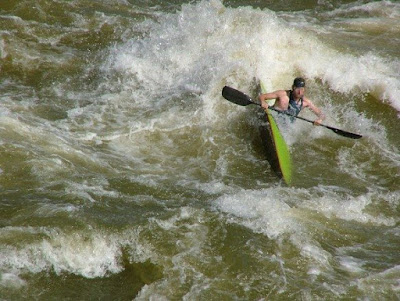Forensics, Anthropology, and Big Questions
A tragic account from 1994 was brought to a close in 2015 with advances in forensic science. Patricia Tamosaitis disappeared from a kayaking trip down the Snow Hole Rapids on the Salmon River in Idaho. She was presumed drowned, and her body was never recovered.
Two years after the tragedy, a skull was found, and later still, a humerus bone. An expert anthropologist stated that it did not belong to Patricia Tamosaitis, but rather, to a Native American youth who had died 20 years previously. Forensic science showed that it was indeed the remains of Patricia. This raises some serious questions about anthropology, including the fact that an expert could be so terribly wrong about remains that were not all that old. Then we have the questions about anthropology errors for remains that have been dated to be many evolutionary years old regarding our assumed ancestors and "relatives". To read the details and go more in depth on the issues, click on "Identified remains in Idaho raise big questions for anthropologists".
 |
| Kayaking on rapids near Washington, DC. Image source: Freeimages / Joshua Davis. |